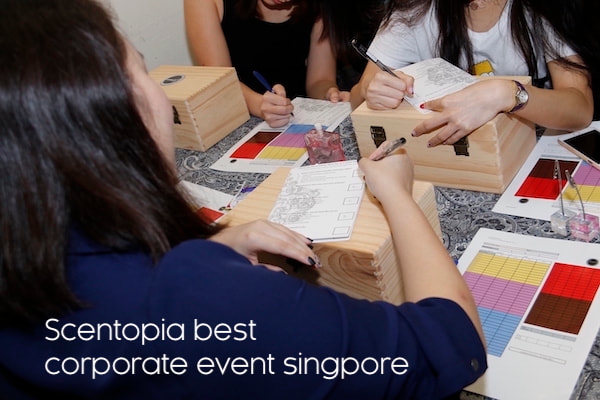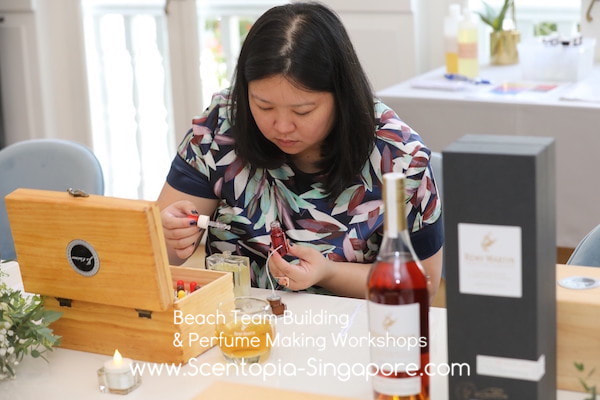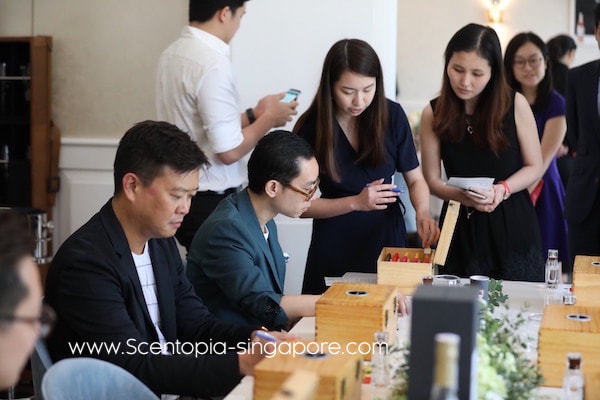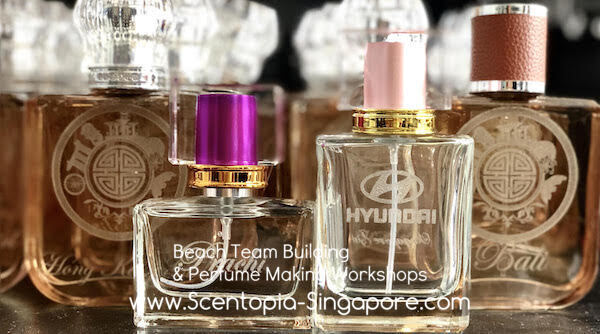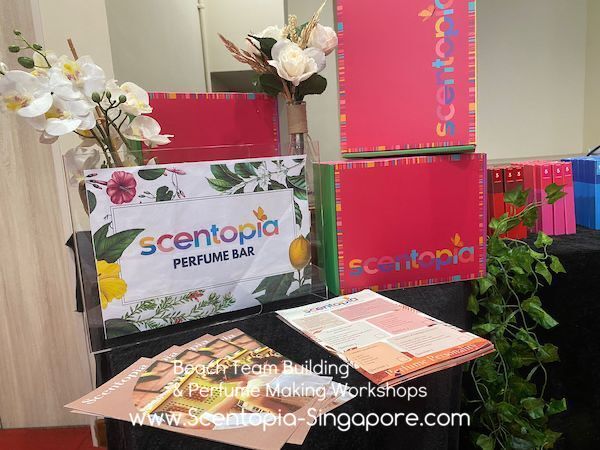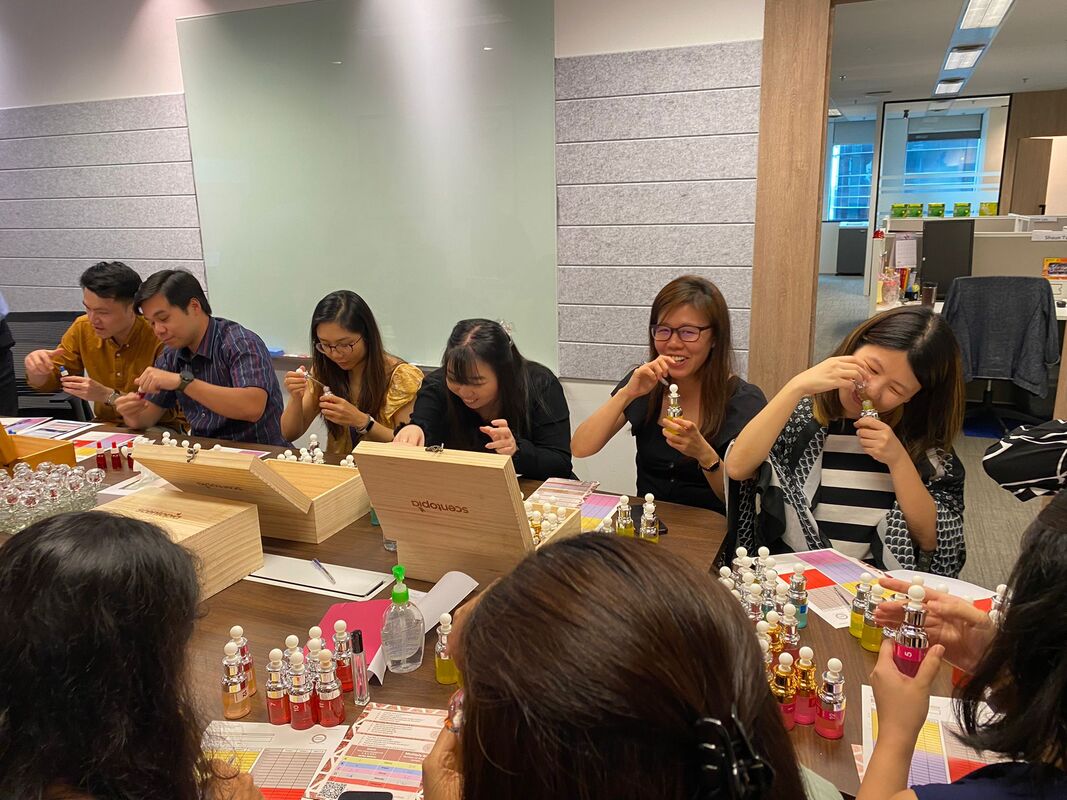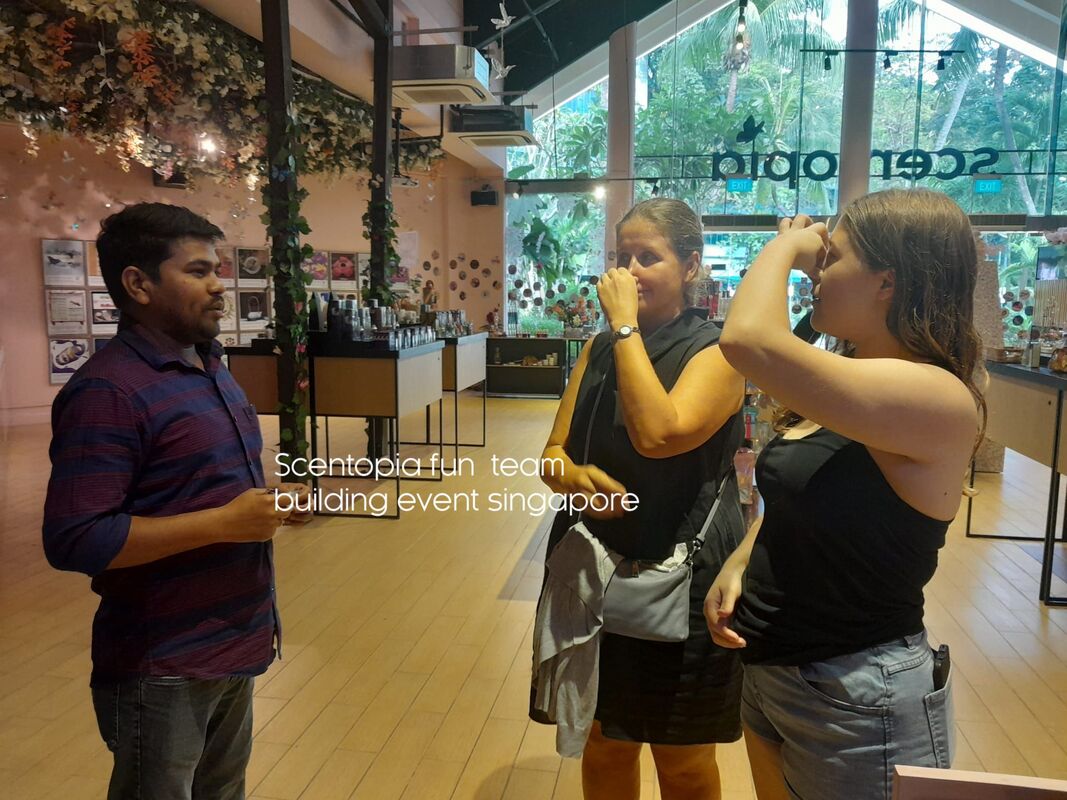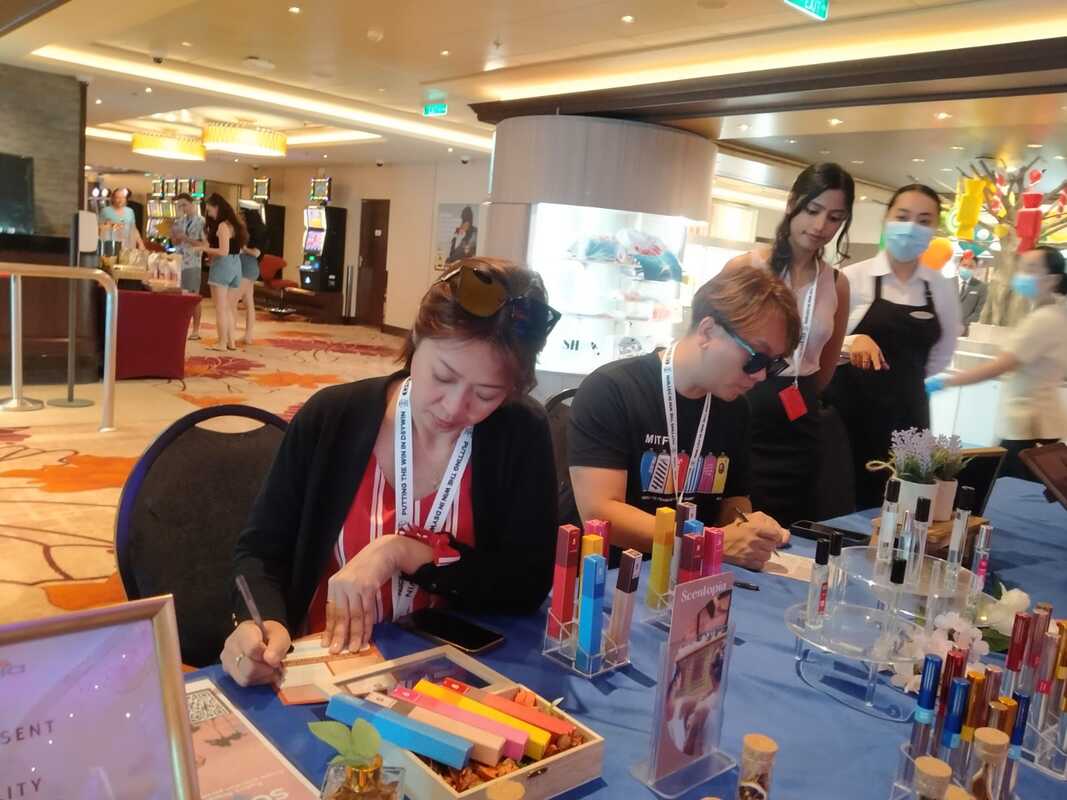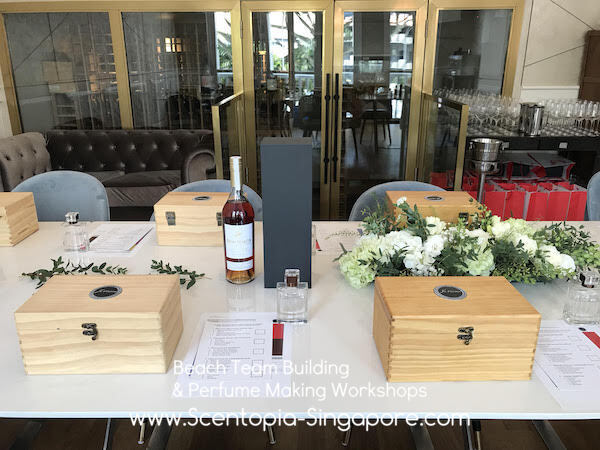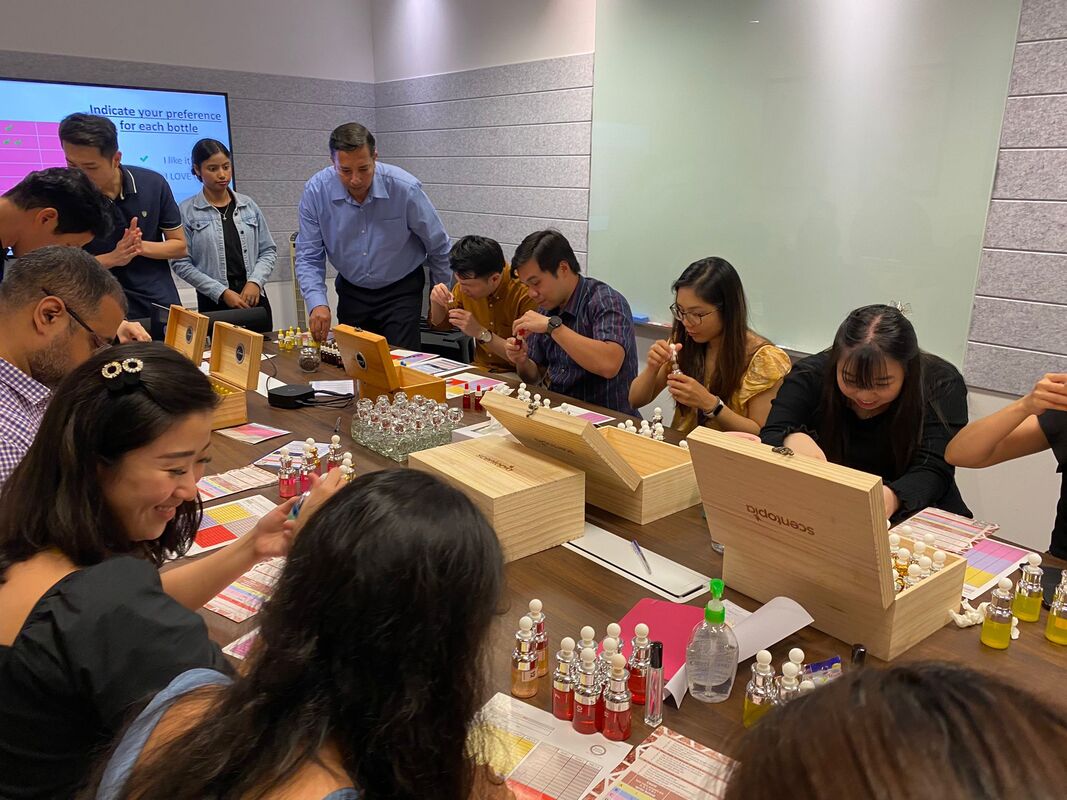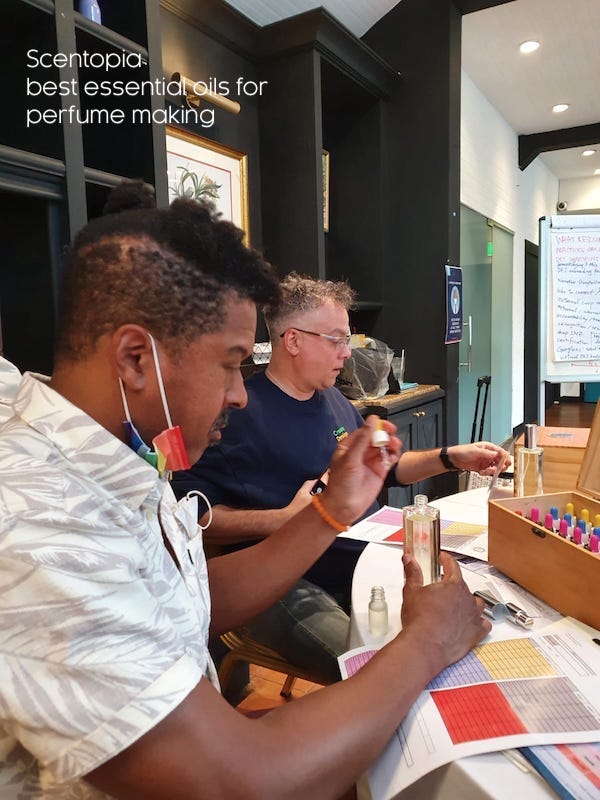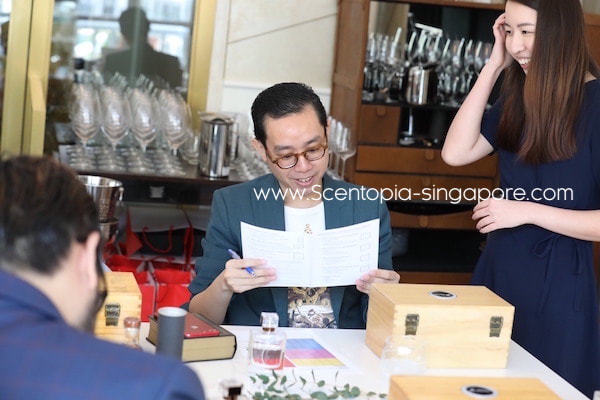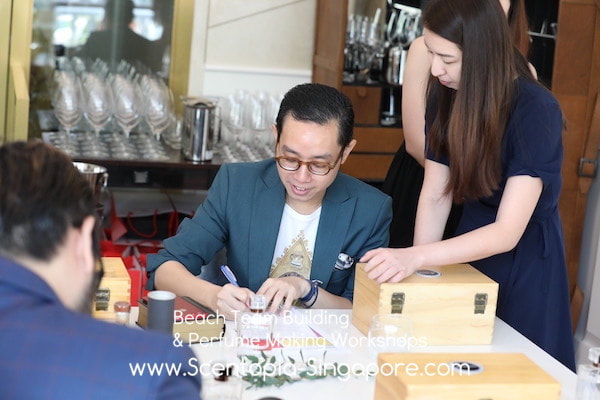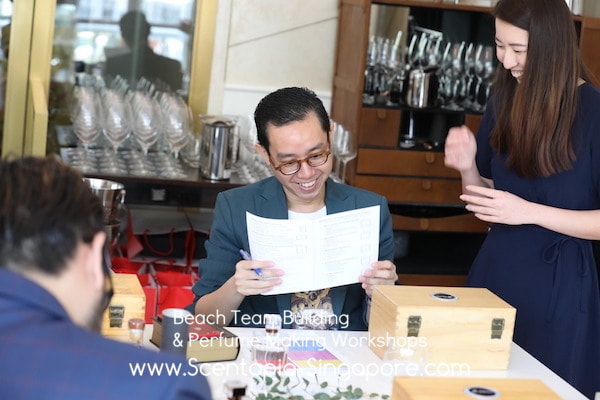Ancient Perfumes and Their Therapeutic Benefits
The History of Aromatherapy
Seshen - Essence of Blue Lotus
Have you ever wondered what perfume Cleopatra ordered the sails of her ship to be soaked in so that the luxurious aroma would drift across the water to seduce the great Roman general Mark Antony before her arrival in Rome? According to Egyptian hieroglyphs, the fragrance this enchanting Queen of Egypt favoured was the intoxicating sweet scent of the blue lotus (Nymphaea caerulea), a water lily also known as the “cannabis of Ancient Egypt.”
Have you ever wondered what perfume Cleopatra ordered the sails of her ship to be soaked in so that the luxurious aroma would drift across the water to seduce the great Roman general Mark Antony before her arrival in Rome? According to Egyptian hieroglyphs, the fragrance this enchanting Queen of Egypt favoured was the intoxicating sweet scent of the blue lotus (Nymphaea caerulea), a water lily also known as the “cannabis of Ancient Egypt.”
